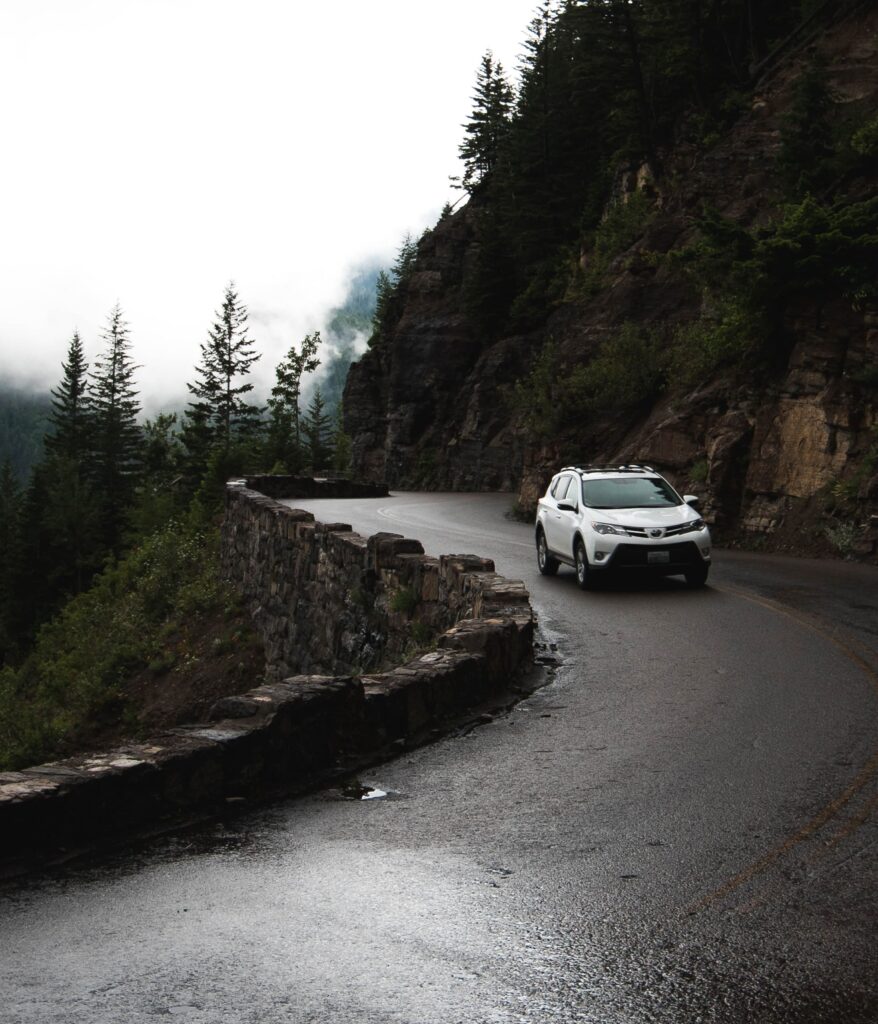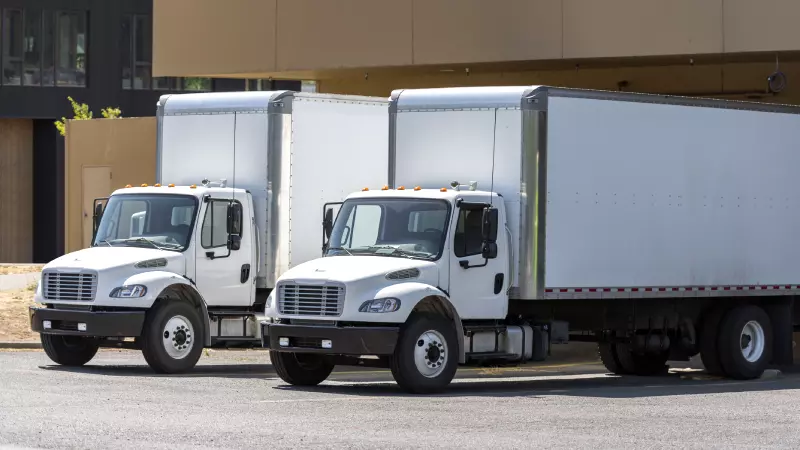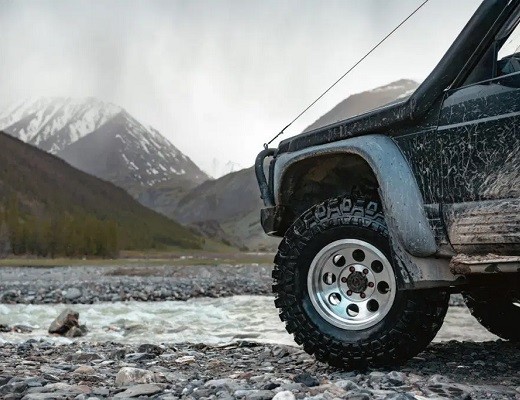

Safety Tips for Drivers in Bad Weather Conditions
Practicing safe driving techniques is crucial in various weather conditions, including rain, wind, snow, ice, sleet, and fog. However, it becomes even more important to prioritize safety during extreme weather conditions such as hurricanes, tornadoes, torrential rain/snow, and electrical storms. In such cases, postponing your trip and staying home until the weather improves is highly recommended. But if you’re in a situation you have to drive right away, let us tell you some tips on safe driving in bad weather.
- Tips to ensure safe driving in bad weather
- Don’ts While Driving in Bad Weather Conditions
Tips to ensure safe driving in bad weather
Plan ahead: Allow extra time for your journey, as driving in challenging weather typically takes longer and can be more stressful. Check the weather forecast before you leave, and if feasible, consider taking an alternate route to avoid the worst of the weather. Postponing your trip until conditions improve might also be a wise choice. It’s beneficial to carry a map with you to stay oriented and have alternative routes in case visibility is compromised.
Drive slowly: Adjust your driving speed to accommodate the challenging conditions. Driving at a slower pace than usual reduces the risk of skids and accidents, giving you more control over your vehicle.
Increase the following distance: One of our favorite safety tips for driving in bad weather is eave a larger gap between your vehicle and the one in front of you. It’s often recommended to double the distance in rain, snow, sleet, etc. Braking distance is extended in these conditions, so allowing extra space gives you more time to react and stop safely.
Ensure equipment functionality: When you are driving in bad weather you should regularly check your tires and brakes, especially during winter when road conditions can be more treacherous. Ensure your windshield wipers are in good working order, and keep your headlights clean. Dirty headlights significantly reduce visibility, especially in inclement weather. Before setting off, clear your windshield and mirrors of ice or frost, and use wipers and wiper fluid during the trip to maintain clear visibility. If necessary, pull over in a safe location to scrape off ice or snow.
Use low beams in fog: Turn on your headlights using the low beam setting when driving in fog, regardless of whether it’s day or night. Low beams help you see the road better and make your vehicle more visible to others. Please drive slowly and maintain a following significant distance in fog since objects like other cars or traffic lights might become visible only when they are close.
Stay informed: Tune in to a radio station that provides road condition information during your journey. Keep the volume low to avoid distractions but listen for updates on alternate routes, road closures, and other relevant information. Staying aware of changing road conditions is vital for making informed decisions.
Buckle up: Always ensure that you and your passengers are wearing seatbelts. Seatbelts are legally required in most states and can save lives, particularly during hazardous weather conditions.
Take breaks if needed: When driving in poor weather conditions it is best to find a safe spot away from the road to pull over and rest, if you start feeling tired while driving,. It’s crucial to prioritize your well-being and avoid the risk of accidents. Additionally, if the weather suddenly worsens, consider finding a safe place to pull over and wait until conditions improve. However, ensure you are not pulling over into a deep puddle or snowbank.

Don’ts While Driving in Bad Weather Conditions
- Don’t drive with worn-out tires: Worn-out tires can be hazardous when driving in bad weather conditions. They are more likely to lose their grip on the road, leading to skidding or hydroplaning. Before setting out on a journey, ensure your tires are in good condition, with sufficient tread depth and proper inflation. If your tires are worn out, replace them immediately.
- Don’t tailgate: Tailgating is always dangerous but especially risky in bad weather conditions. When visibility is reduced, it’s essential to maintain a safe distance from the vehicle in front of you. This will give you enough time to react if the vehicle suddenly stops or slows down.
- Don’t use cruise control: Cruise control is a great feature, but it should be avoided when driving in bad weather conditions. It’s important to have full control over your vehicle, especially when conditions are unpredictable. Cruise control can lead to loss of control, skidding, or hydroplaning if the vehicle’s speed is not manually adjusted.
- Don’t slam on the brakes: If you find yourself skidding or losing control of your vehicle, the instinctive response may be to slam on the brakes. However, this can make the situation worse. Instead, gently pump the brakes and steer in the direction you want to go. This will help you regain control of the vehicle.
- Don’t drive distracted: Distracted driving is dangerous in any situation, but it’s even more hazardous when driving in bad weather conditions. It’s essential to keep your eyes, and attention focused on the road. Avoid using your phone, eating, or drinking that may distract you from driving.
In conclusion, driving in bad weather road conditions requires extra caution and attention to safety. By avoiding these don’ts; you can reduce the risk of accidents and ensure a safe journey.
Always prioritize safety on the road, and remember that arriving on time is better than at all.
Logity Dispatch offers professional dispatching services that can be valuable in handling bad weather conditions. Our experienced dispatchers stay updated on weather forecasts and road conditions, allowing them to provide timely information and guidance to drivers. By leveraging our services, you can receive real-time updates on alternate routes, road closures, and potential hazards caused by inclement weather.
These tips on how to drive in bad weather enable you to make informed decisions and adjust your routes accordingly, minimizing the risks associated with driving in challenging weather. Additionally, our dispatchers can help you optimize your schedules and coordinate with drivers to reschedule or postpone trips when extreme weather systems are forecasted. By relying on Logity Dispatch, you can enhance safety, reduce stress, and ensure efficient operations even during adverse weather conditions.





